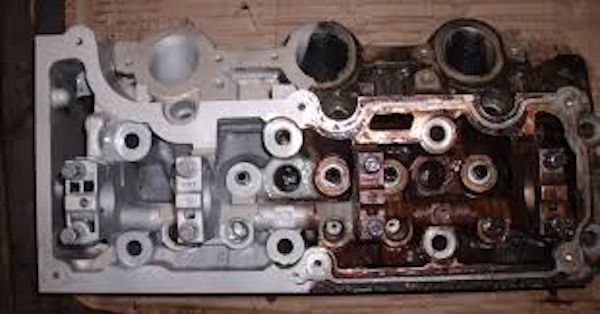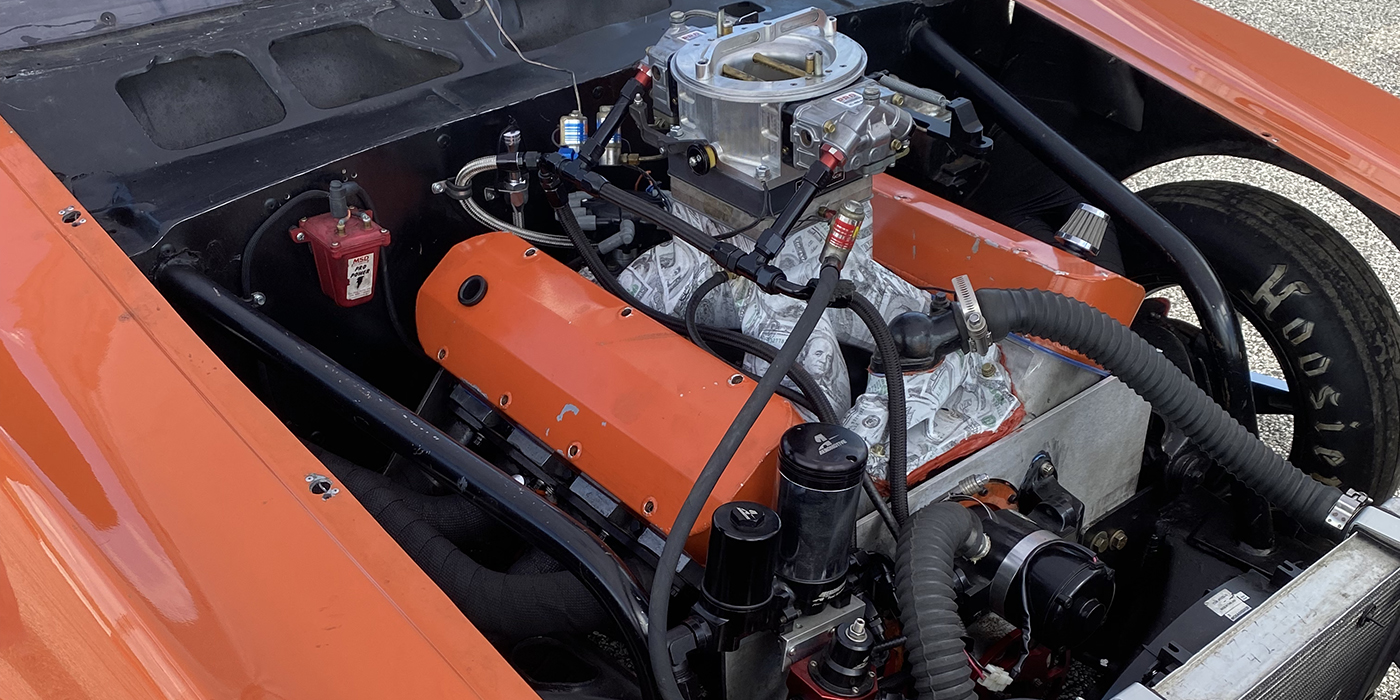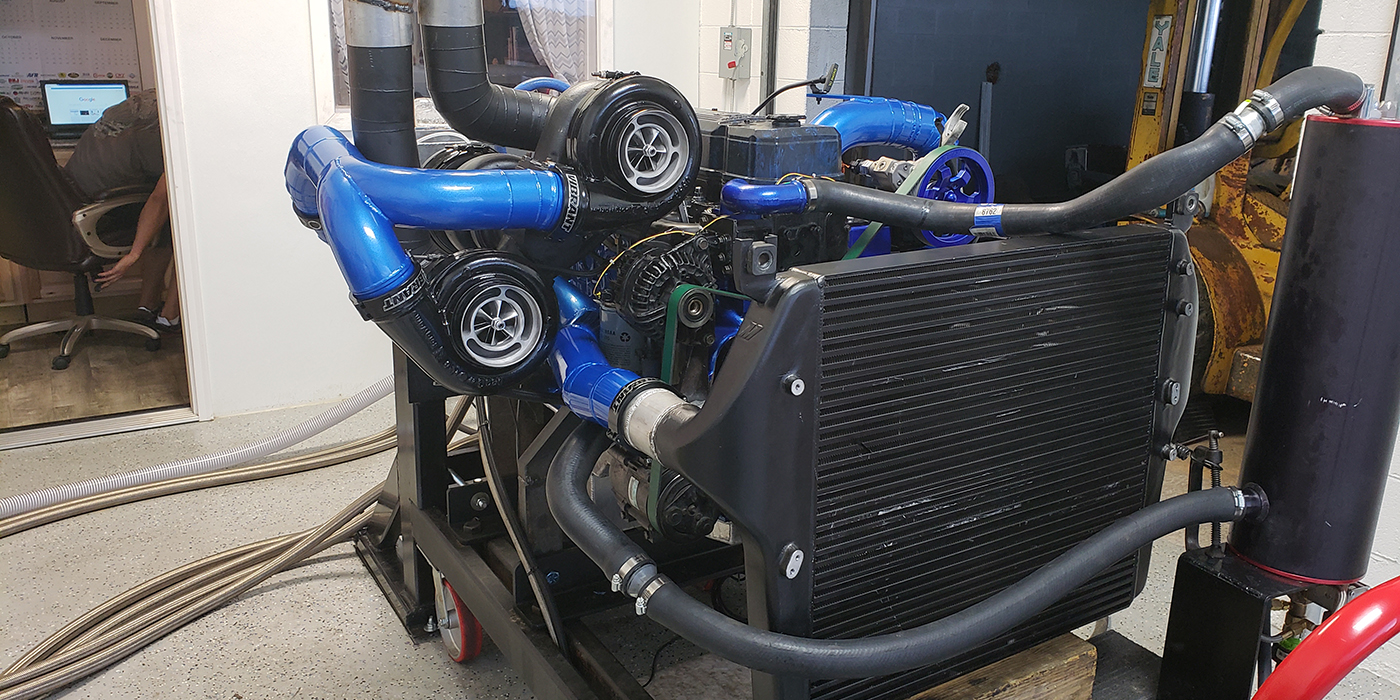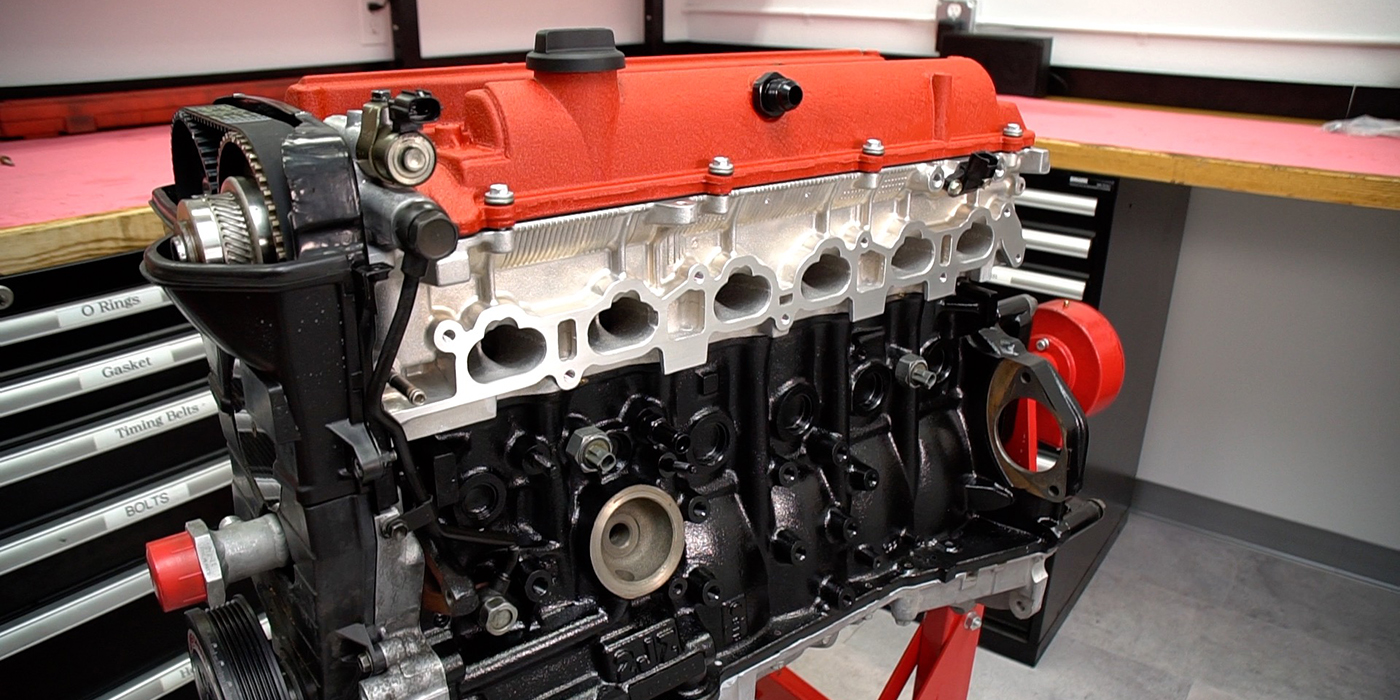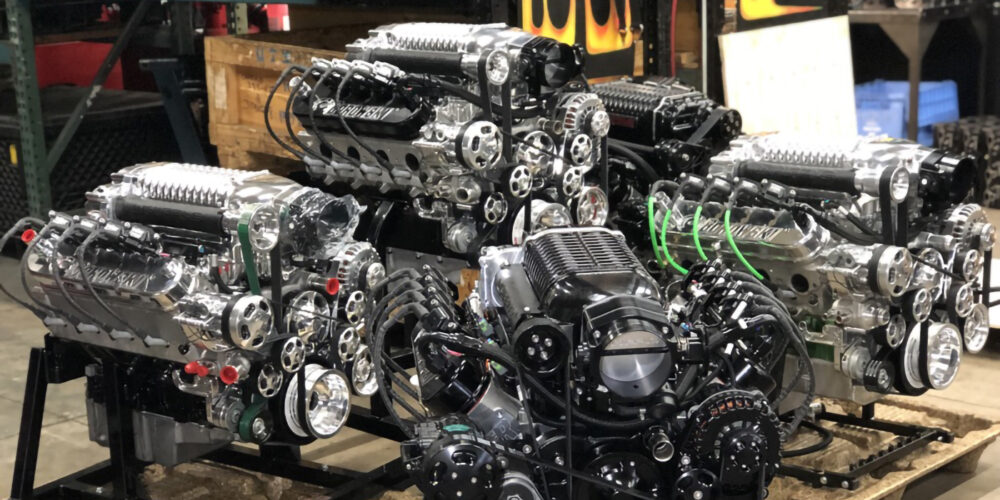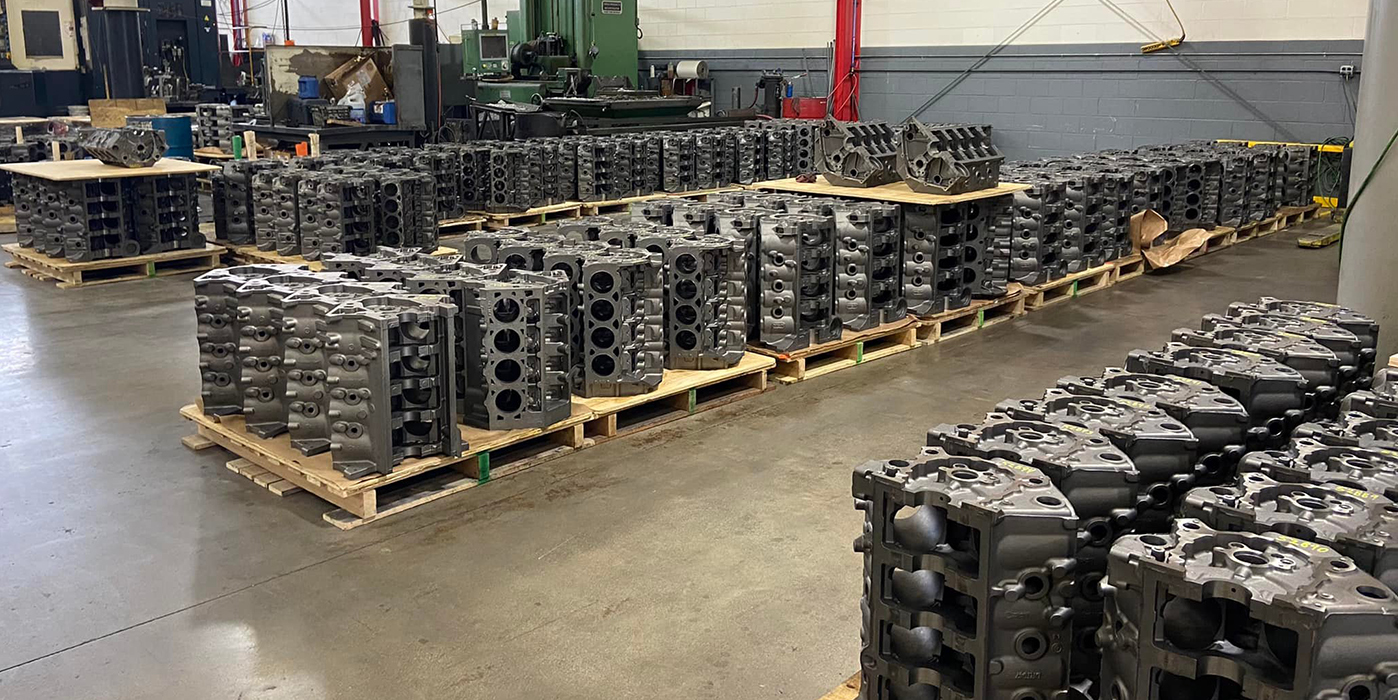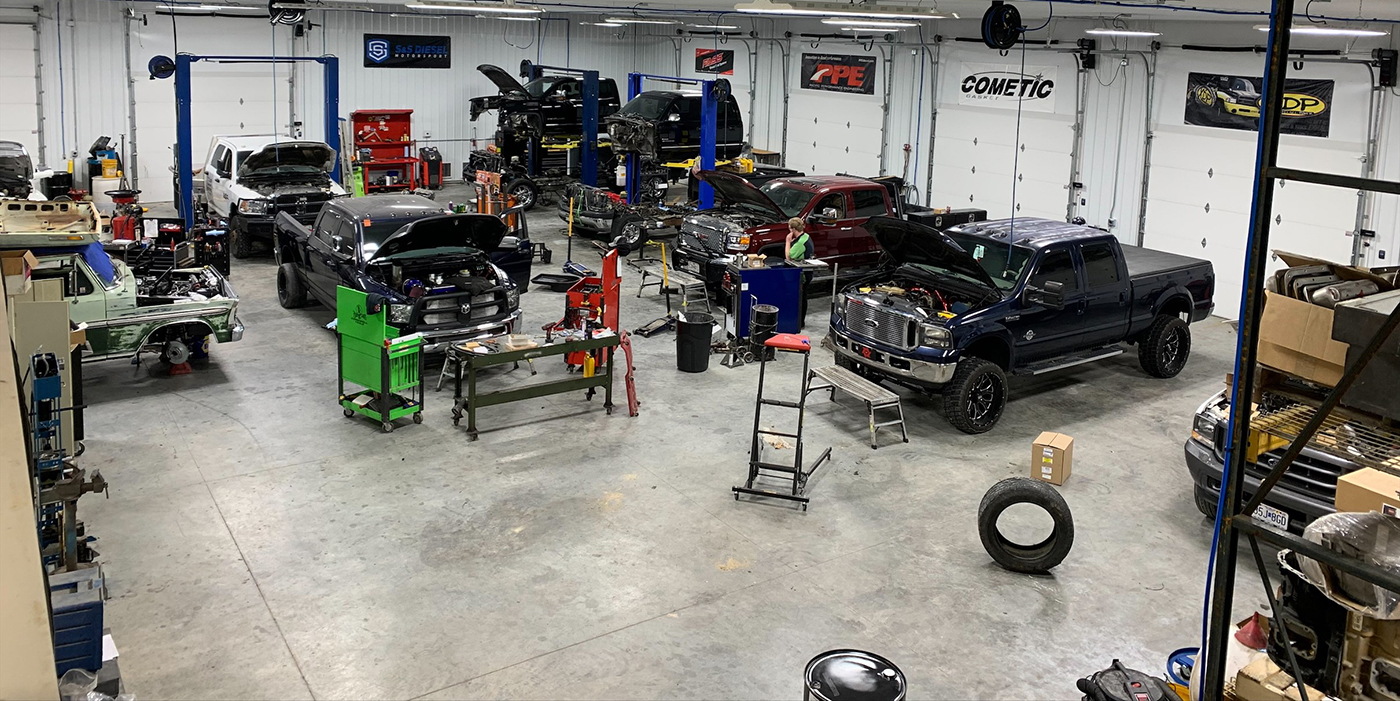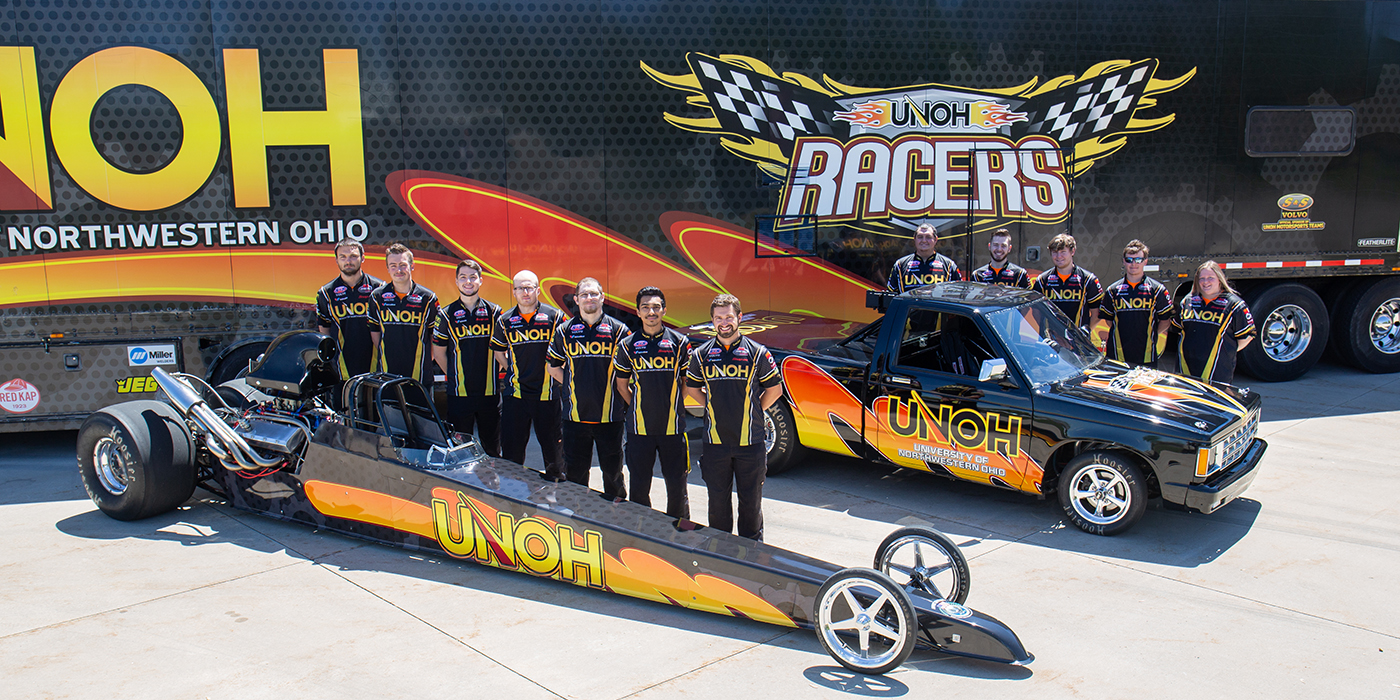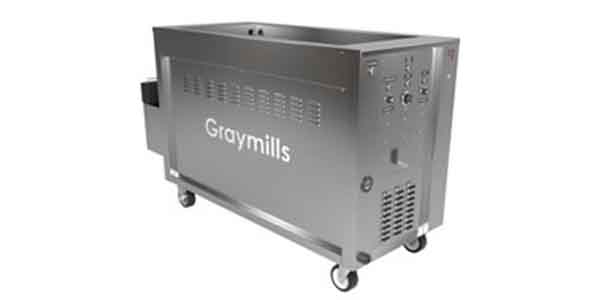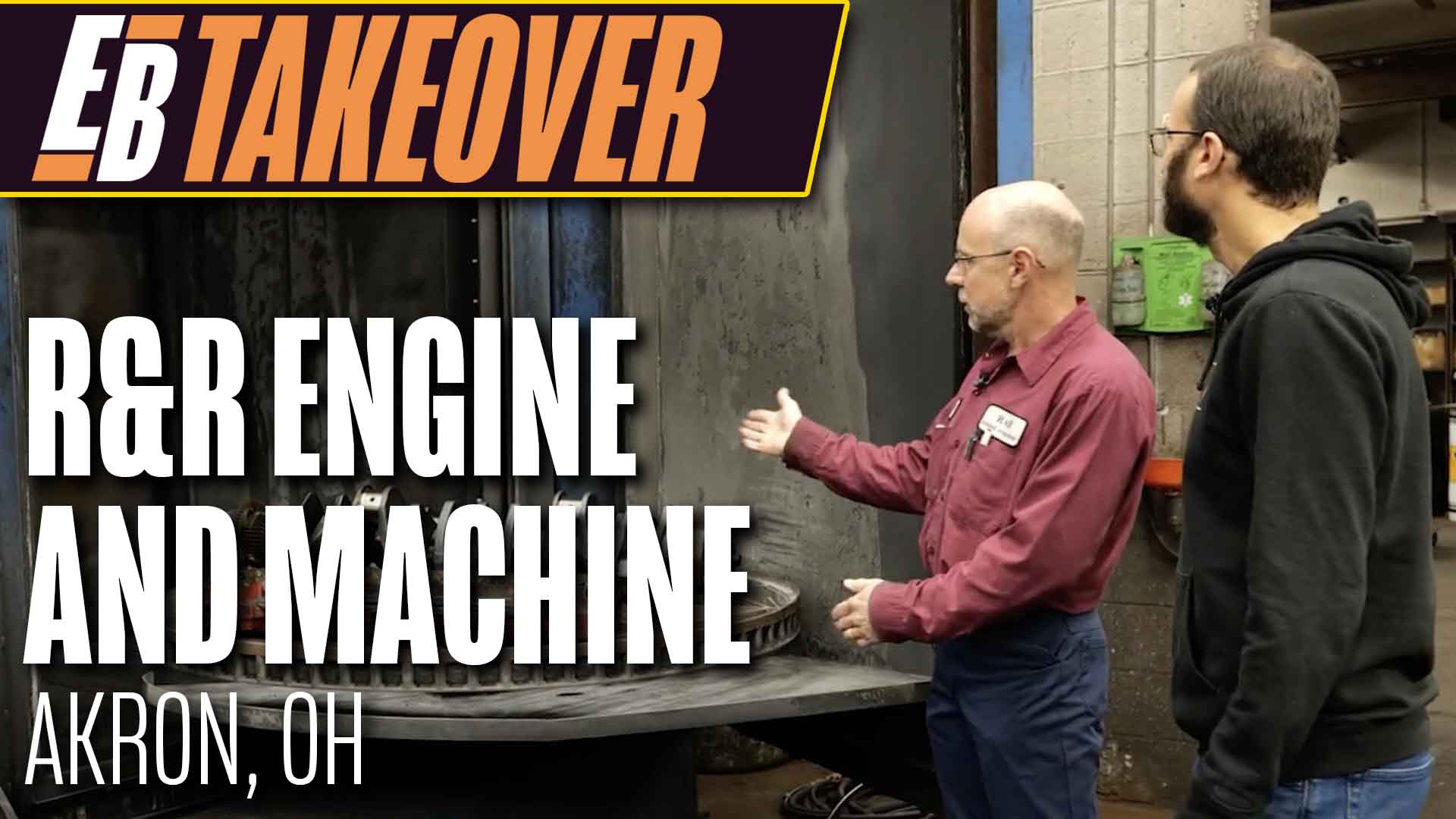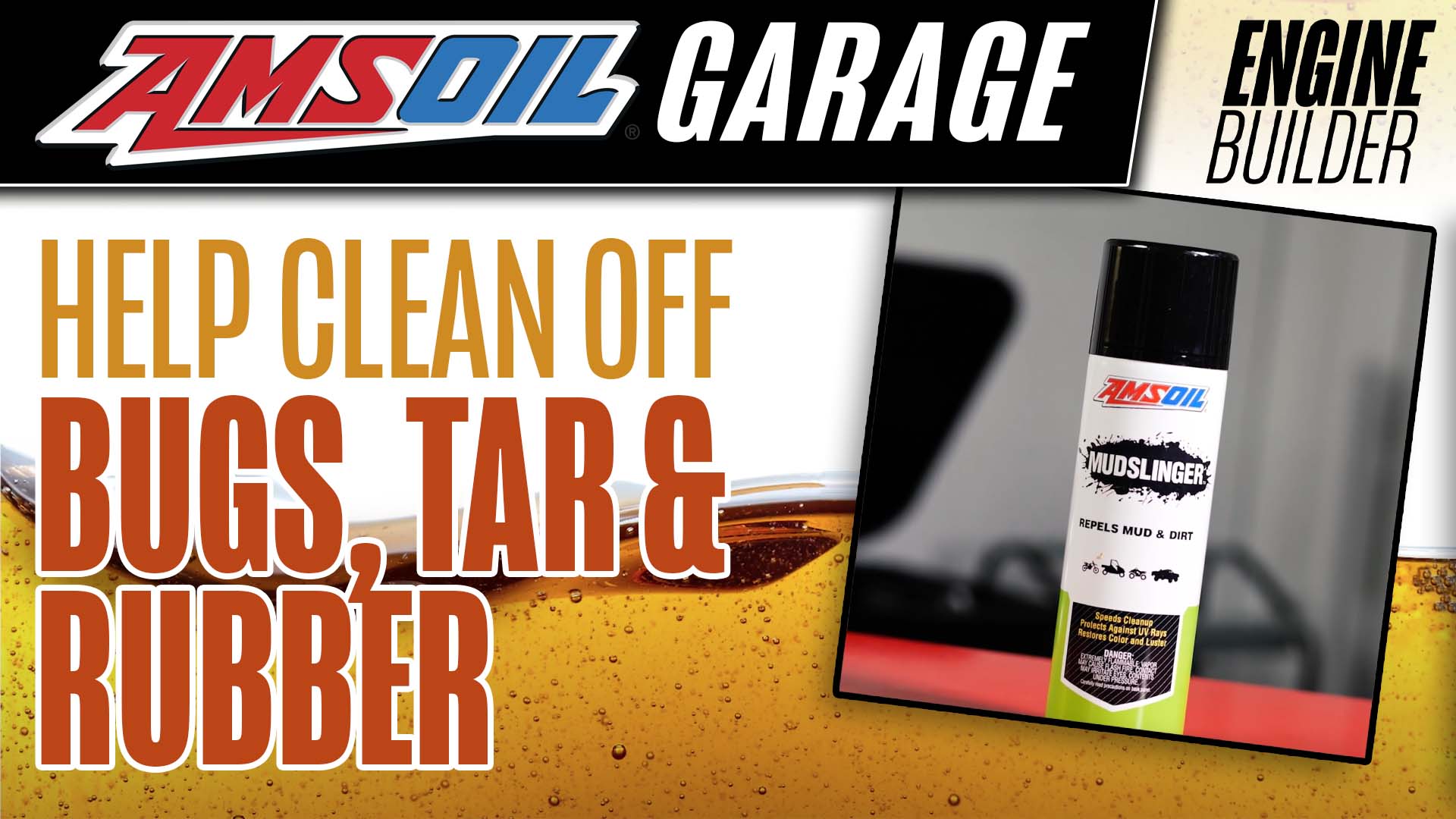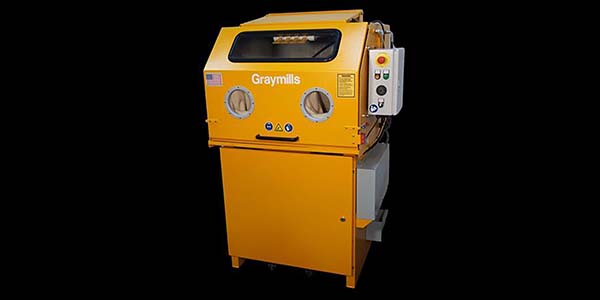The subject of cleaning is never far from the mind of the modern engine builder or machine shop supervisor. Obviously, parts must be as clean as possible so they can be inspected, repaired if possible and reassembled.
The subject of SAFE cleaning is a little less definitive, however. Respondents to our annual Machine Shop Market Profile tell us that the process of preparing an engine for rebuilding takes nearly one-quarter of their time each work day. Disassembly and cleaning are by far the most time-consuming procedure…and they can be among the most costly as well.
Are “safe cleaning” and “cleaning safely” the same thing? Can the two topics coexist?
As it relates to the people, the products, the processes or the profits in the engine building industry, is safe cleaning an attainable goal?
“Absolutely! Not only is safe cleaning an attainable and sustainable goal, it can save time and money,” says Phil Esz, UltraSonic LLC. “Ultrasonic cleaning, for example, is an advanced technology precision cleaning method that saves time, reduces or eliminates hazardous solvents, is employee-friendly and environmentally friendly, and is a great insurance policy for the owner and customer. It is a winning cleaning combination for profit and product insurance.”
Processes continue to evolve and what seemed good enough last year might be totally inadequate now. Although there isn’t one system that will handle every shop’s every cleaning need, systems available today can have a positive effect on shop efficiency, business economics and environmental impact.
“Safe cleaning, in the context of engine building, can mean many things” says Brian Waple, business manager for ARMEX. “The first thought that comes to my mind is personal protection equipment (PPE). Safety first by having proper PPE in place, which include safety glasses or shield, proper gloves for the task on-hand, long sleeve shirts or overalls to protect skin, ear protection when required and steel toe shoes.”
It’s readily apparent that the cost of equipment, chemicals, labor, maintenance and disposal costs can be significant, but cleaning expenses are an important cost of doing business. Doing it wrong can require even more expense in labor or parts replacement.
“I asked a few of my team members what safe cleaning meant to them and this is what they said,” Mike Hansen from ArmaKleen said. “Derek Bryer says ‘Safe Cleaning to me means without fear of consequences to life and health. For example, the product you’re using to clean a substrate will have no ill effects on the person cleaning and/or the environment they are cleaning in.’
“Kyle Bates and Randall Seeley explain it as ‘Using processes and solutions that don’t pose risks to employees, the environment or the customer’s parts.’
“Andy Logan says it involves ‘Cleaning that is not harmful to the substrate and does not create undue hazards to the user.’
“And Danny Thomas says, “Without causing harm to you, the environment or the item being cleaned,’” Hansen says.
“Safe cleaning means attention to safe equipment, as well,” says Waple. “Equipment should be inspected every day to verify all safety guards are in place and the equipment is working properly. Never use equipment that is broken or missing safety guards.”
Truly, the balance between speed and safety is top of mind.
Whether it is due to regulations at the local, state or federal level or recognition that certain procedures aren’t necessarily healthy for the environment and employees, attention paid to the cleaning processes used in engine rebuilding facilities has sharpened. Safer, less toxic methods continue to gain a foothold in today’s professional shops.
Worker exposure means keeping your team from being exposed to caustic chemicals. Experts suggest replacing aggressive cleaners with water-based product or environmentally friendly products including baking soda. Long-term exposure to cleaning products needs to be considered.
Then there is “Safe Cleaning” for the parts being cleaned. The process being used should not remove substrate materials, warp or profile the part being cleaned. By removing substrate materials, warping or profiling a part changes the parts specification and tolerances in essence rendering the part useless. Your cleaning method should preserve the part you are cleaning not damage it. This should be considered when choosing your process whether it’s cleaning with chemistry, manual cleaning or abrasive blasting.
Cleaning Options: Soda Blasting
Many of today’s small parts can be easily damaged by aggressive cleaning procedures such as shot blasting. However, cleaning parts by blasting the surface with sodium bicarbonate (baking soda) has proven to be a reliable method.
Baking soda doesn’t etch or work harden the surface of the parts that are being cleaned, is effective on aluminum, and can remove dirt, grease, oil, paint and even carbon deposits from pistons.
Soda can be used with either a dry blast cabinet or in slurry form with a vapor blast cabinet. You also do not have to prewash parts prior to soda blasting as you do if you’re cleaning with glass beads or similar media. Nontoxic, nonflammable soda is environmentally friendly, too, leaving no residue on parts and rinses right off.
Baking soda media is available in a variety of sizes and formulations that may contain other additives to prevent clumping or be more aggressive. Some shops mix other materials with the soda if they want a shot-peening effect while they are cleaning.
It can be used with water or other ingredients to form a wet-blasting slurry. The slurry scrubs as it cleans and won’t peen small cracks together that could hinder crack detection efforts later.
Cleaning Options: Ultrasonics
Ultrasonics is the science of sound waves above the frequency normally considered audible for humans (above 18 Kilohertz). When vibrations at these high frequencies are introduced into liquids, areas of extremely high vacuum and extremely high pressure are generated alternately at any given point in the liquid as the sound waves pass. Under the influence of a vacuum, the liquid is literally torn apart to create what is called a cavitation bubble. As positive pressure replaces the vacuum that formed the cavitation bubble, it implodes, resulting in high pressure shock waves that do the scrubbing.
The energetic disturbances generated by the implosions of countless cavitation perform the cleaning task by providing micro-agitation throughout the liquid volume.
“Ultrasonic can be used for many applications including filters, plastic mold injection machines, compressor heads, medical equipment, food service machines and tools, aeronautic parts, plastic parts, bearings, bolts, rubber parts, internal parts, transmission parts and final cleaning all engine parts for final assembly,” Esz says. “Gentle yet thorough micro-cleaning extends the life of parts and reduces parts failures.”
The process alone isn’t enough, however. “By using ‘green’ ultrasonic cleaning solutions, a company can reduce or replace hazardous cleaning solvents with environmentally friendly water-based soap solutions,” says Esz.
“Super-efficient ultrasonic cleaning not only reduces exposure to toxic chemicals, it can easily cut cleaning time dramatically. Lowered labor costs equal increased profits,” says Esz. “The cost of saved labor can pay for the equipment in a very short amount of time.”
Cleaning Options: Aqueous Solutions
Due to increased concerns about solvents containing volatile organic compounds (VOC) aqueous cleaning has gained a solid foothold in today’s engine rebuilding facilities. There are many different aqueous solutions available for effective cleaning of any type of part, and according to the aqueous-cleaning equipment manufacturers, water-based detergents and washer systems clean just as effectively as solvents – provided the equipment and cleaning solutions are maintained properly.
Aqueous cleaning is fast, too. A typical wash and rinse cycle may only take 10 to 15 minutes compared to hours of soaking in caustic or a solvent tank. Automated spray washers and flow-through systems mean you can load the parts, push a button and walk away, eliminating the need for a lot of manual scrubbing and brushing. This frees up time for other tasks such as billable labor for machine work or assembly work and helps boost overall shop productivity and profitability.
With aqueous-based cleaning processes, choosing the “right” detergent and/or chemical for the application is very important. The same equipment may clean very differently when different detergents are used. Some cleaning products are formulated for specific types of applications like aluminum or cast iron, while others are “general-purpose” cleaners. The best advice here is to follow your equipment suppliers’ recommendations for chemical usage.
There are several different types of spray cabinets and cleaning equipment. A careful analysis of your needs (in concert with your parts and equipment supplier) can help create the ideal process for your needs.
“Safe cleaning practices for operators is a must,” Waple says. “Profitability can never come before employee safety. Safe cleaning of parts is obtainable as well. Cleaning processes must be examined from many different angles not just cost of the actual cleaners but the hidden costs like is your cleaner process on-step or multi-step, waste disposal, resource time for cleaning of the part, rejected parts due to damage during cleaning, potential liability costs just to name a few.”
For the engine builder, the take away should be clear: workers’ safety is first; parts safety is second, says Waple. “Both can obtain safe cleaning through process improvement.” ν
For detailed information on these and other cleaning processes, visit www.enginebuildermag.com and search for cleaning.

